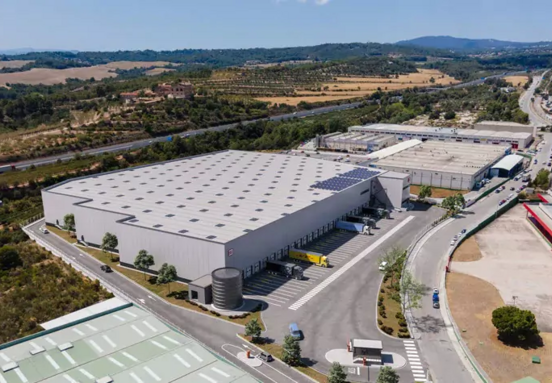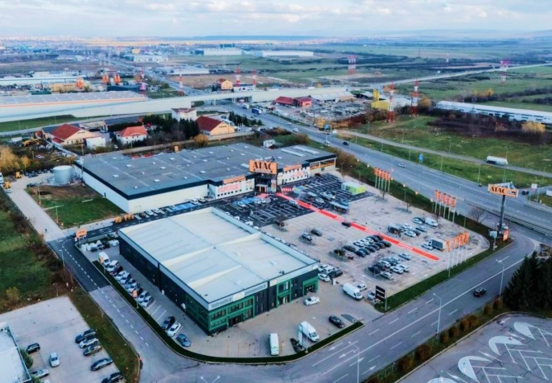This has supported property values and returns, despite yields being at their cyclical peak, a situation likely to continue into 2019, according to the Capital Flows Report by the real estate consultancy company Colliers International.
“Despite the typical late market property cycle conditions, we expect 2018 will be another strong year for real estate investment in Europe. There are a number of broader macro concerns impacting global investor decision making, including rate rises in the US, global trade disputes, low growth in Europe and the fear of a ‘Hard BREXIT’ or a ‘No Deal’. Although it’s more apparent that investors are more cautious about quality of income, genuine rental growth and active asset management initiatives, the willingness to target real estate and diversify global portfolios continues,” said Richard Divall, Colliers’ Head of Cross Border Capital Markets I EMEA.
Capital flows
On a global scale, investment transactions YTD depicts a continuation of the trend witnessed at the end of 2017. According to Colliers’ research, investment volumes for AsiaPac are forecast to reach $808 billion before the end of 2018 (up 13 per cent YOY). Meanwhile, the EMEA region has seen investment volumes drop by 10 per cent YOY; although, this represents an improvement on much weaker Q1 results, which were almost 30 per cent down YOY. Investment volumes in the Americas remain similar to the previous year.
Sources of capital
Colliers’ research shows a more balanced position between cross-border and domestic capital, with each accounting for 50 per cent of investment activity YTD. However, when reviewing the activity of cross-border capital, Colliers highlights a rapid rise in the market share of Asian Capital – from below 5 per cent to over 15 per cent today.
Where is the capital going?
“Following the demographic trends of Europe and with the current pricing of offices, logistics and the restructuring of retail, the alternatives sectors are proving attractive to global investors as they offer income with higher yield,” said Richard Divall. “One of the main issues, however, is the larger groups are often unable to find any national or regional platforms available in these sectors to buy and will be relying on building portfolios up, which takes time and is hard to find scale.”
Colliers’ research highlights a significant increase in investment into residential, with the sector now accounting for 16 per cent of all activity in the past 18 months, compared to only six per cent 10 years ago. Meanwhile, industrial activity has risen by three per cent. Conversely, investment into the retail and office sector have seen a decline over the last 10 years of 5 per cent and 6 per cent, respectively, with hotel investment remaining flat.
Geo-political environment
Colliers’ Damian Harrington, Head of EMEA Research, went on to explain: “The trade disputes between the US and China look set to rumble on for some time, and is likely to result in a re-globalisation of Chinese trade mid-term. This will spur the creation of an Asian trading bloc as regional supply chains are created from China to several other Asian nations, and China’s trading partners in East and Southeast Asia will reap the positive benefits of this shift.
“Meanwhile, Brexit and a general decline in confidence across the Eurozone has caused all key European economies to report declines in their PMI/confidence index levels, relative to 12 months ago and economic growth rates are creeping inwards. For now, European employment intentions remain strong, sustaining demand for office/industrial space. Yet the Eurozone unemployment rate keeps dropping, falling to 8.4 per cent in May 2018, which represents the lowest rate since December 2008. We are going to face some capacity constraints in the near future, and we can see this filtering into market expectations across Europe which are pointing to a peak being reached in the office occupier cycle over the next 12 months.” (source: Colliers International)






